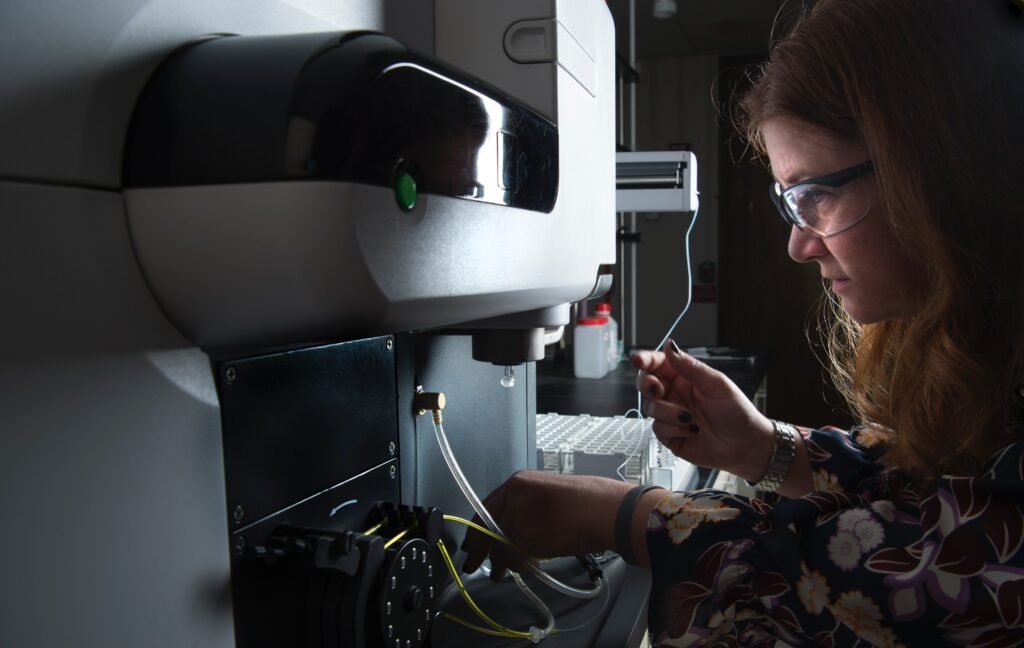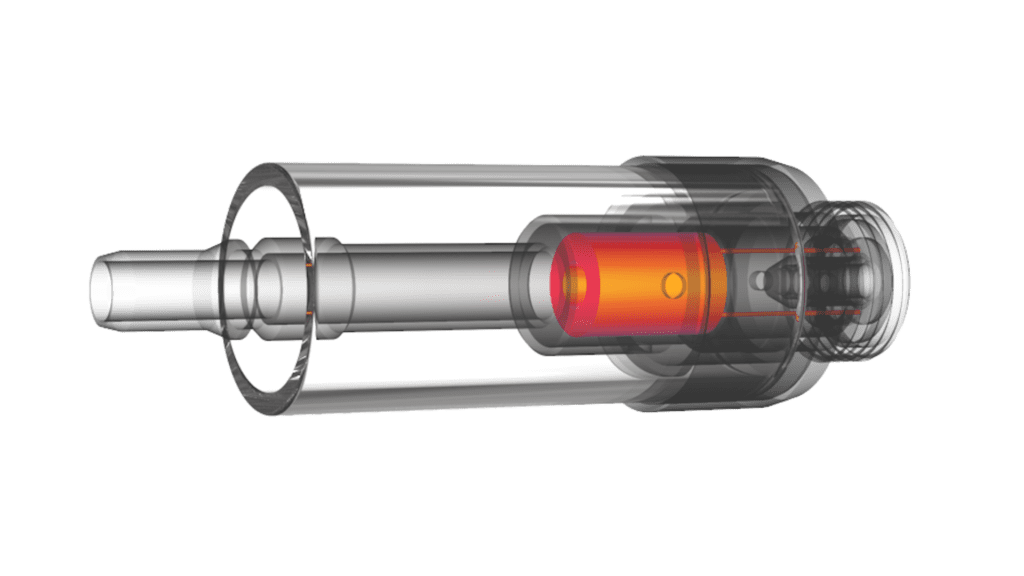Posted by Dave Kaplan
3 years ago / January 7, 2021
Everything You Need to Know About Colorado’s Cannabis Vape Emissions Testing


As of January 2022, cannabis labs in Colorado will be required to test not only cannabis oils and concentrates, but also their respective vape emissions for harmful process byproducts including heavy metals. The rule was formally added to the Centennial State’s body of cannabis regulations in October last year, following a proposal by the Colorado Marijuana Enforcement Division (CMED).
Alena Rodriguez, who chairs the CMED sampling subcommittee, stated that emissions produced by vaporizer cartridges are more relevant to consumer and public health than the composition and THC levels of the raw oil within the cartridge. According to Rodriguez, the consensus opinion of the CMED work group is that because consumers inhale emissions from vaporizers rather than ingest cannabis oils or concentrates directly, regulations around emissions would better position the state to codify safety protocols as well as appropriate product testing for consumers and patients.
Let’s briefly explore key aspects of Colorado’s new vape emissions testing rules: why it’s necessary, how it will be tested, its prospective effects on product manufacturers operating within the state and whether other states are likely to follow suit in the future.
Why Testing is Necessary

Current testing protocols largely focus on analyzing the composition of cannabis oils and concentrates for potency or harmful chemicals. The fact of the matter is that with current testing practices, consumers using THC or CBD vape cartridges simply don’t know what they’re getting once the oil leaves the cartridge, is vaporized via an atomizer or heating element and ultimately inhaled. There are plenty of variables in the process, with effects ranging from metals contamination to the creation of dangerous byproducts, such as arsenic, depending on the material and design of the cartridge itself.
It’s worth noting that vaporizer devices have been under increased scrutiny since the e-cigarette and vaping use-associated lung injury (EVALI) outbreak of 2019. Given the health risks connected to EVALI, as well as their possible long-term implications on the vaping and cannabis industries, vape emissions testing is being widely welcomed by Colorado product manufacturers and companies alike.
How Will CMED Test Vape Emissions?

According to the CMED proposal, a regulated testing facility must conduct emissions testing for every harvest and production batch of cannabis extracts in vaporized delivery devices. The phrasing within the proposal asserts the tests will be designed to check for “metals contamination,” which includes but may not be limited to determining the presence and amounts of arsenic, lead, cadmium and mercury.
Because the state of Colorado already tests cannabis oils and concentrates for pesticides and residual solvents, the CMED testing subcommittee already plans on expanding emissions testing protocols to also check for industrial pollutants not long after they go into effect.
What Are the Objectives of Cannabis Vape Emissions Testing?

These emission tests will examine aerosols for the presences of any heavy metals or other impurities that result when extracts and oil formulations are heated using various core technologies and materials. This is a different type of test altogether from heavy metal leaching, which measures the presence of any heavy metals that seep into a housed extract or oil formulation prior to vaporization. Not only will emissions testing prevent extracts unfit for human inhalation from ever reach dispensary shelves. It will also help to guide vape hardware manufacturers create safer and more resilient technology going forward.
While current data and research for cannabis vaping emissions are still somewhat scarce, nicotine emissions standards offer a viable model and jump-off point. E-cigarettes have been around for over a dozen years now, and legislators have established a comprehensive body of regulations including emissions testing for volatile organic compounds (VOCs), as well as an established Threshold of Toxicological Concern (TTC) system. The TTC has set in stone acceptable levels of exposure to chemicals involved in e-cigarette manufacturing processes, below which there is no palpable risk to consumer health.
Time, testing and a wealth of data will be needed within the cannabis vaping space for the creation of its own set of emissions standards. Colorado legislators and industry representatives agree, however, that current nicotine and e-cigarette regulations will serve as a good frame of reference in the lead-up to 2022.
Are Other Markets Likely to Follow Colorado’s Lead?

Unsurprisingly, Colorado’s proactivity against EVALI has been met with praise and approval among cannabis industry leaders throughout the space.
The introduction of emissions testing, according to Greentank Chief Engineer Pete Duckett, will be a major boon to the cannabis vape industry. “As a company that designs and manufactures vape hardware, and prides itself on providing the safest possible experience, Greentank is always striving to improve beyond the technology that is currently available,” says Duckett. “These science based protocols will increase consumer trust in vape as a delivery method, while driving innovation and change among manufacturers.”
Duckett adds that he’s hopeful these new emission protocols will strive for less uncertainty in their methods than those of the heavy metal leaching tests currently being used in the industry. If so, it’s likely other legal cannabis markets, including Canada, will follow Colorado’s lead.
Filed Under:
Tagged with:
Interested in our products?
Contact us to find out how you can carry the most reliable vape hardware solutions on the market.
General Requests
Logistics
